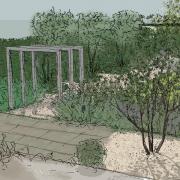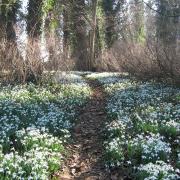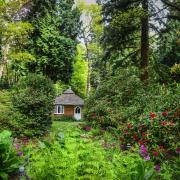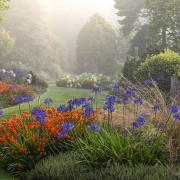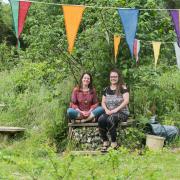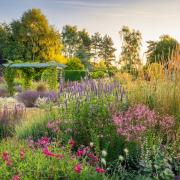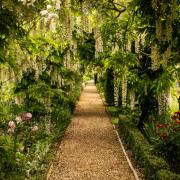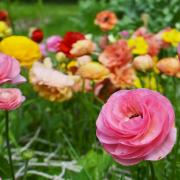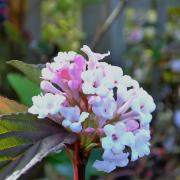Gardening Anne Green-Armytage reports.
Fallen stars
Dainty sisyrinchium caught the heart of this month’s Norfolk National Collection holder, as gardening writer Anne Green-Armytage reports.
Sisyrinchium
Jenny Burgess started her National Collection of sisyrinchium 20 years ago, one of the first collections adopted by the Norfolk Group, now Plant Heritage Norfolk.
Since leaving college she had been involved in growing alpines, running her own nursery in Sisland, near Loddon, and had always had a soft spot for sisyrinchiums. “When they come into flower, they’re just like little stars all over the ground,” she says, with a smile.
She was keen to see not only the species but also the cultivars safeguarded for the future. “There are only three or four varieties available in garden centres, and many people don’t realise the range of colours available,” she explains.
The best-known variety is Sisyrinchium striatum, which grows to 90cm (3ft), with creamy yellow flowers. It makes a good border perennial, and is much larger than other sisyrinchiums which reach just 15-30cm (6-12in). These are ideal for a rockery or gravel scree, needing a sunny spot with free drainage, but also with a degree of moisture.
Jenny recommends propagating in the spring once the plant has started into growth. “Don’t disturb them in the autumn; they don’t like sitting in the wet,” she says. Alternatively you can collect and sow the seed of species plants. “Cultivars don’t set seed which is why they flower for a much longer period,” she explains.
Jenny’s favourites include the classic Sisyrinchium ‘Californian Skies’ in azure blue, but she also values the varied colours, including S. Raspberry’ and S. ‘Biscutella’ (reddish brown), S. macrocarpon (sunny yellow), and S. ‘Iceberg’ (white).
Over the years she has bred several new cultivars including ‘Sisland Blue’, named for the village where she and her family live, and ‘Emmeline’, which holds a special place in her heart as it is dedicated to her granddaughter.
Contact Jenny at: Alpine Nursery, Sisland, Norwich, NR14 6EF, 01508 520724. Opening times by appointment.
What is a National Plant Collection?
Just over 30 years ago, Plant Heritage (then the National Council for the Conservation of Plants and Gardens, or NCCPG) was founded to counter the loss of plant diversity within the horticultural world. Plant Heritage is dedicated to preserving and protecting our cultivated plants and, to this end, co-ordinates more than 650 National Plant Collections throughout the UK.
Each National Collection is a living database dedicated to a single group of plants, such as campanula or cotoneaster. The collection holder, who can be an enthusiastic and knowledgeable amateur or a commercial organisation, acquires and grows as complete a range of plants as possible within the chosen group, propagating and researching each cultivar, and making the information available to everyone.
Want to know more? Contact the Plant Heritage Norfolk membership secretary Nick Broughton on 01603 627519; nick.broughton@virgin.net; or write to Pykerell’s House, St Mary’s Plain, Norwich, NR3 3AF. Alternatively visit the national website at www.plantheritage.com and click on ‘area groups’.



